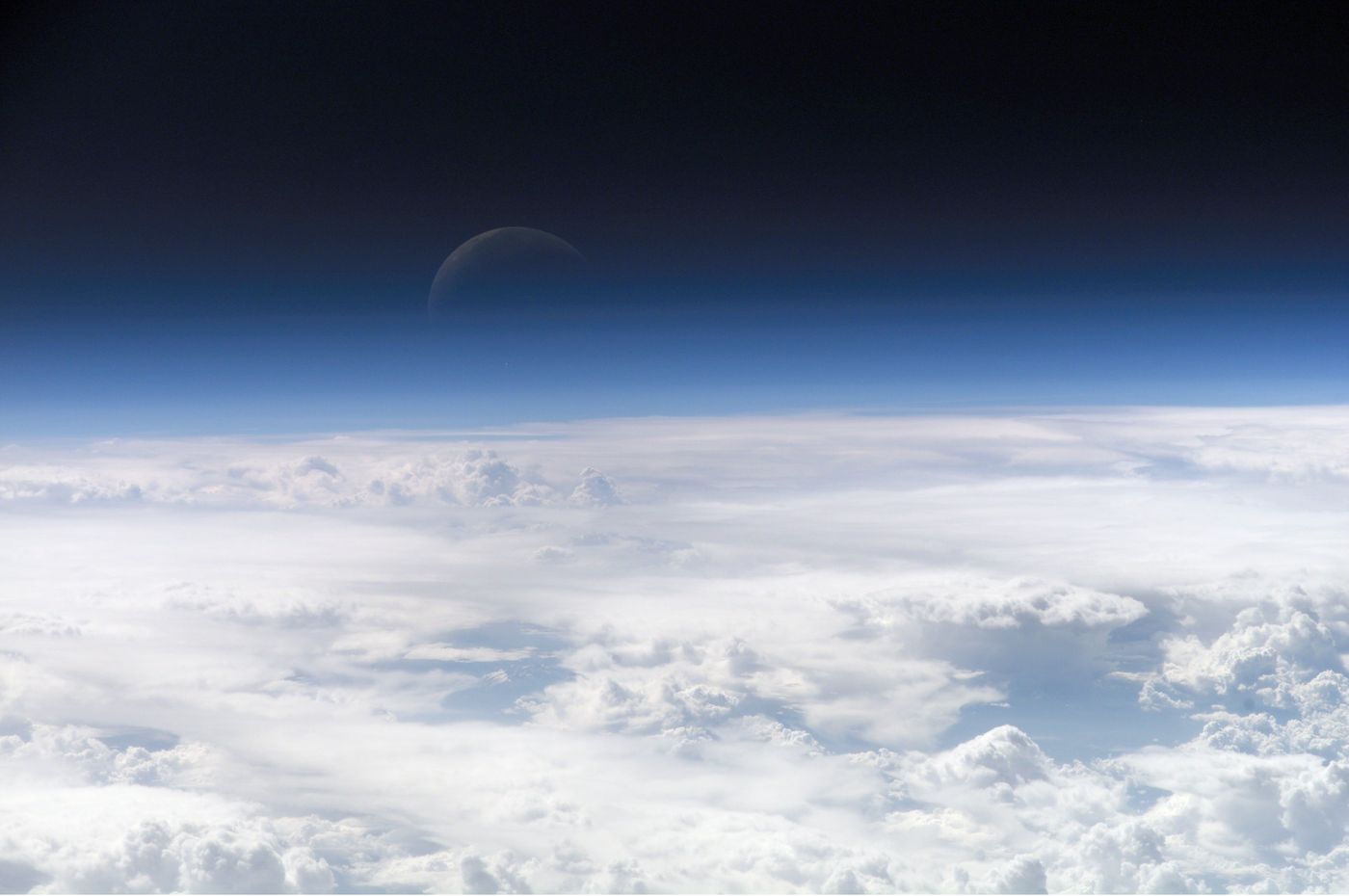It took 100 million years for oxygen levels in the oceans and atmosphere to increase to the level that allowed the explosion of animal life on Earth about 600 million years ago, according to a recent study.
Before now, it was not known how quickly Earth’s oceans and atmosphere became oxygenated, and whether animal life expanded before or after the rise in oxygen. The new study, published in
Nature Communications, shows the increase in oxygen began significantly earlier than previously thought, and occurred in fits and starts spread over about 100 million years.
It’s therefore likely that increasing oxygen kick-started early animal evolution, rather than the appearance of animals being a random evolutionary event.
“Oxygen was like a slow fuse to the explosion of animal life,” says coauthor David Catling, a professor in the University of Washington department of Earth and space sciences. “Around 635 million years ago, enough oxygen probably existed to support tiny sponges. Then, after 580 million years ago, strange creatures as thin as crêpes lived on a lightly oxygenated seafloor. Fifty million years later, [our] vertebrate ancestors were gliding through oxygen-rich seawater.”
Surprisingly slow process
The research team tracked what was happening with Earth’s oxygen levels from 770 million years ago to 520 million years ago using new chemical tracers in rocks across the US, Canada, China and Australia. In North America, sample sites included the Grand Canyon, the Uinta Mountains east of Salt Lake City, and the MacKenzie Mountains in Canada’s Northwest Territories.
Samples of rocks that were under the sea at different times came from different locations. The team used them to piece together the global picture of the oxygen levels of Earth’s oceans and atmosphere. By measuring selenium isotopes in the rocks, they revealed that it took 100 million years for the amount of oxygen in the atmosphere to climb from less than 1 percent to more than 10 percent of current levels. This was arguably the most significant oxygenation event in Earth’s history, because it ushered in an age of animal life that continues today.
“We took a new approach by using selenium isotope tracers to analyze marine shales, which gave us more information about the gradual changes in oxygen levels than is possible using the more conventional techniques used previously,” says lead author Philip Pogge von Strandmann at University College London.
“We were surprised to see how long it took Earth to produce oxygen,” he adds. “Our findings dispel theories that it was a quick process caused by a change in animal behavior.”
Climate and life
During the period studied, two big “snowball Earth” glaciations—the Sturtian (about 716 million years ago), and Marinoan (about 635 million years ago)—occurred whereby the Earth’s land was covered in ice and most of the oceans were frozen from the poles to the tropics. A smaller-scale glaciation, the Gaskiers, occurred later (about 580 million years ago). During these periods, temperatures plummeted and rose again, causing glacial melting and an influx of nutrients into the ocean, which researchers think caused oxygen levels to rise deep in the oceans.
“We want to find out how the evolution of life links to the evolution of our climate,” Pogge von Strandmann says. “The question on how strongly life has actively modified Earth’s climate, and why the Earth has been habitable for so long, is extremely important for understanding both the climate system and why life is on Earth in the first place.”
Until now, oxygenation was thought to have occurred after the relatively small Gaskiers glaciation melted. The findings from this study pushes it much earlier, to the Marinoan glaciation, after which animals began to flourish in the improved conditions, leading to the first big expansion of animal life.
“Tracking how oxygen increased is the first step toward understanding why it took so long,” says Catling, who also holds an appointment with the University of Washington Astrobiology Program. “Ultimately, a grasp of geologic controls on oxygen levels can help us understand whether animal-like life might exist, or not, on Earth-like planets elsewhere.”
The UK’s Natural Environment Research Council funded the work. Other coauthors are from the University of Bristol, the University of Leeds, Utah State University, and the University of Southern Denmark.
This article was originally published on
futurity.org









